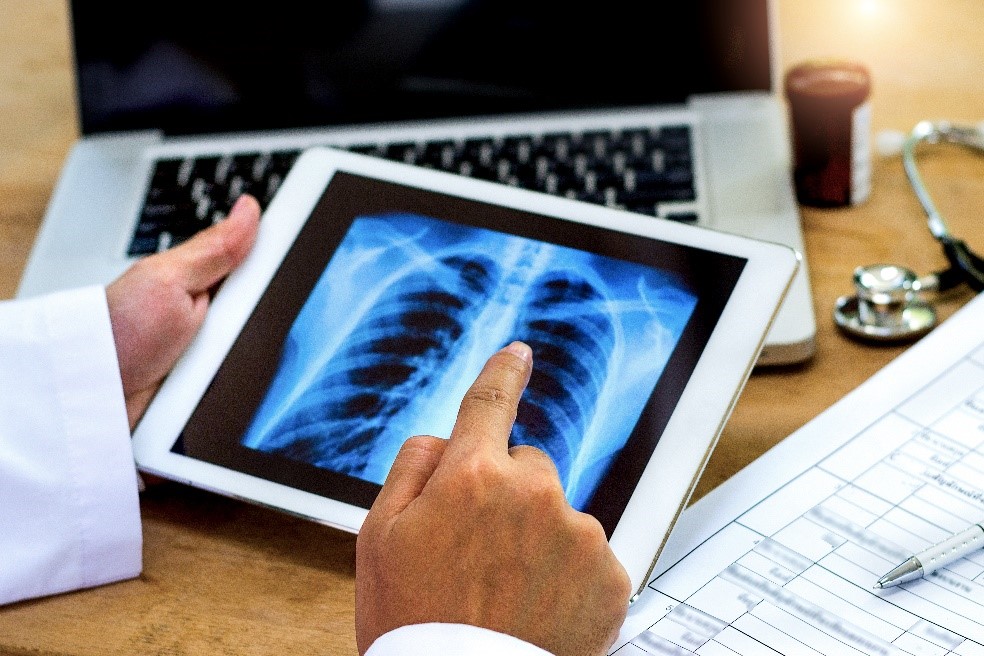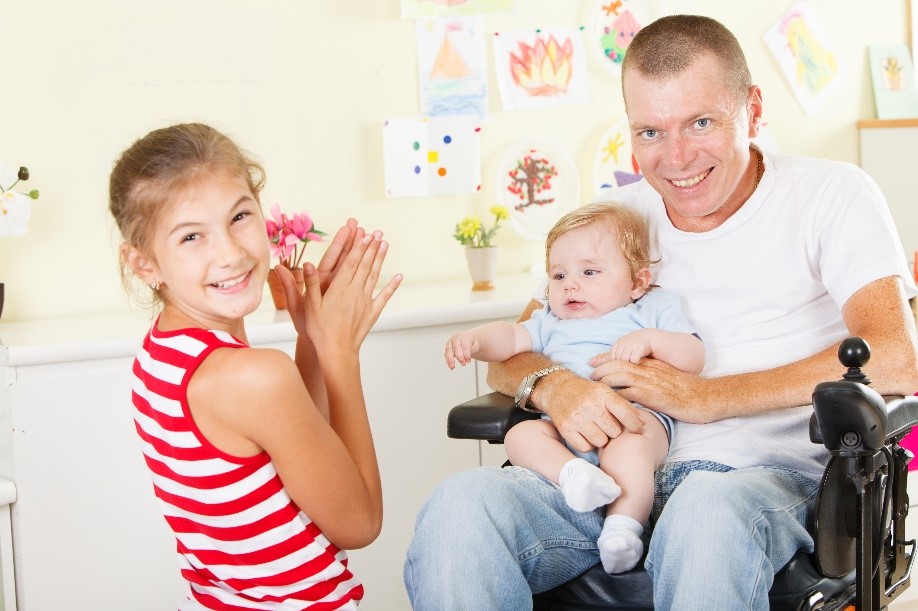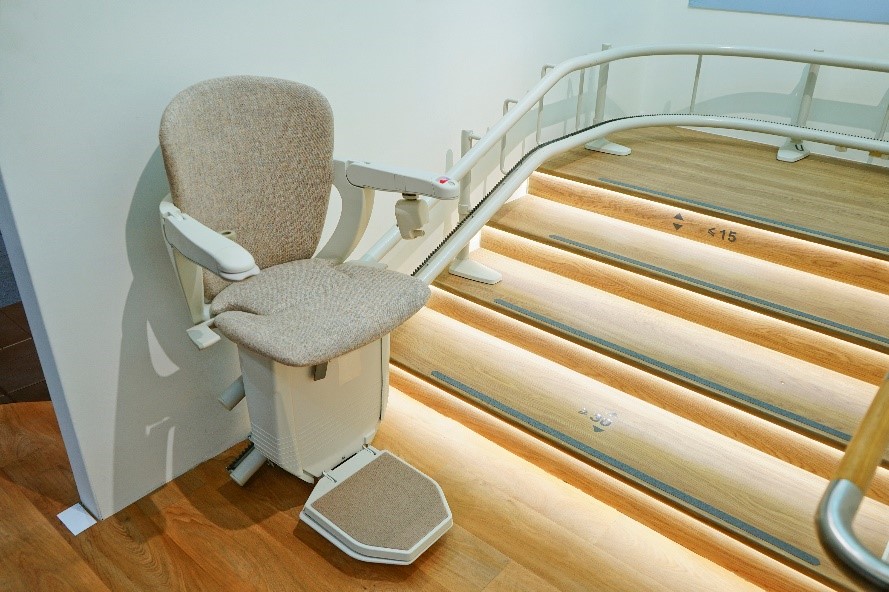
There are numerous conditions that can restrict our mobility. As we have previously explored the illnesses Cerebral Palsy, Huntington’s Disease, Spina Bifida, Muscular Dystrophy and Multiple Sclerosis, we are now focusing on the condition of SMA, or Spinal Muscular Atrophy, which is a genetic problem.
With all the above conditions, a stairlift can be the difference between an uncomfortable journey around your home and an easier, restful transition to another floor. With Spinal Muscular Atrophy or any similar spinal condition, the ease of access can be a gateway to more independence and freedom in life. But, what is SMA and how does it affect the individual?
Spinal Muscular Atrophy: Symptoms of SMA
SMA makes the muscles weaker and can cause extreme issues with mobility and movement. It is considered a serious condition which gets worse over time, but there are many ways you can help manage the symptoms.
The symptoms which appear first will depend on what type of SMA the individual has, but can include:
- Floppy and weak arms and legs
- Movement issues such as sitting up, walking, crawling
- Muscle tremors, shaking and twitching limbs
- Joint and bone problems
- Scoliosis
- Swallowing and breathing difficulties

Spinal Muscular Atrophy: Types of SMA
Several types of SMA can start at various ages and depend on the type of SMA that the person has, the problems related can also differ. The four main types are:
- Type 1: Development in babies (usually less than six months old) – this is usually the most severe type.
- Type 2: Development in young children (7-18 months) – less severe than type 1.
- Type 3: 18 months – least severe type of SMA in children.
- Type 4: Affected adults – less severe problems with some mobility issues.
Sadly, the younger the person gets this disorder, the more severe the symptoms can be, and the chance of survival is slimmer. Types 3 and 4, however, don’t usually affect life expectancy and the symptoms are less severe. Type 2 sufferers can live a long and fulfilling life into adulthood and the symptoms and issues related can differ according to the individual.

Inheritance and Tests
In most cases, SMA is usually inherited by the parents. The parents don’t usually have SMA themselves, however it is a combination of two faulty genes which can cause it. Around 1 in 40 to 60 people can be the carrier of the ‘faulty gene’ which causes SMA. If two parents who are carriers of the gene have a child together the chances are:
25 % (1in 4) chance that their child will have SMA
50% (1 in 2) chance that the child will only carry the gene and not have SMA
25% (1 IN 4) chance that neither will occur.
You can get a blood test to decipher whether you are a carrier of this gene. If you have a history of SMA in your family, you should speak to your GP before planning a pregnancy. Tests can also be done after birth.
Treatments and Management
There are currently no specific ‘cure’ for Spinal Muscular Atrophy, however research is continuous to find possible new treatments. There are many ways to make life much more manageable if you are the carer, family member or even the person with SMA, and your life doesn’t not need be effected. Treatments and tools that can help include:
- Exercised and equipment to help with movement
- Diet advice and feeding tubes
- Braces to help with spine and joint movements
- Possible surgery
- Specialist wheelchair
- A stairlift

While conditions such as SMA can affect mobility inside and outside of the home, it can be managed. Many assistive devices such as stairlifts can be that little bit of help needed to make life a little easier. If you would like to know any more information regarding our products and services, simply get in touch, and we will gladly answer any questions or queries you may have.

